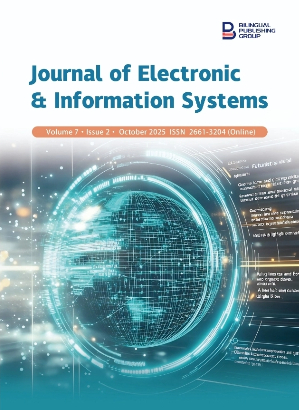Journal of Electronic & Information Systems publishes original research papers that offer professional review and publication to freely disseminate research findings in areas of IT applications, Artificial Intelligence (AI), Circuits and Systems, information and control, Data Management and Processing, and Human–Computer Interaction, etc. The Journal focuses on innovations of research methods at all stages and is committed to providing theoretical and practical experience for all those who are involved in these fields.
Journal of Electronic & Information Systems aims to discover innovative methods, theories, and studies in its field by publishing original articles, case studies, and comprehensive reviews.
The scope of the papers in this journal includes, but is not limited to:
- Mobile applications for development
- Diverse Communications options, including optical, acoustic, and radio
- AI, Machine learning, and Human–Computer Interaction
- Systems Engineering (applied to data, information, and intelligence challenges)
- Analogue Integrated Circuits, Digital Integrated Circuits, Digital System Design
- Distributed Circuits and Systems, Distributed Sensor Networks and Systems
- VLSI Systems and Applications
- Circuits and Systems for Communication and Computing
- Complex Network Systems
- Nondestructive Testing
- Control System Analysis and Design
- Information System Theory and Applications
- Data Management and Interoperability, Data Processing
- Spectral Analysis, Filtering, Pattern Recognition
- Analogue and Digital Signal Processing
- Image Processing, Optical and Ultrasonic Imaging







